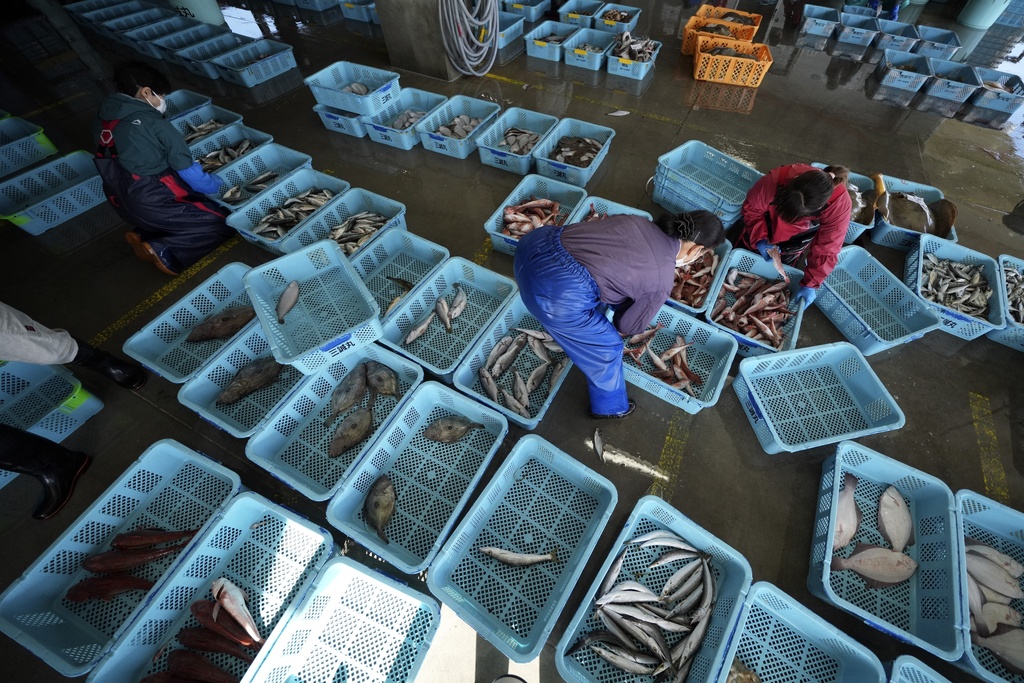
 By
Beauty Adams
By
Beauty Adams

Adverse Childhood Experiences (ACEs) cast a profound and enduring shadow over the lives of those who have endured them, leaving indelible imprints on their mental and physical well-being. Yet, the journey toward healing is not only a possibility but a vital necessity.
Therapeutic interventions emerge as powerful tools, guiding individuals towards recovery, resilience, and the promise of a brighter future. In this exploration, we will delve into the pervasive impact of ACEs, the significance of these interventions, and the transformative power they hold in the process of rewriting narratives.
ACEs encompass a spectrum of traumatic events, from the insidious wounds of abuse and neglect to the disruptive chaos of household dysfunction.

These experiences weave into the very fabric of an individual’s life, extending their influence far beyond childhood. The echoes of ACEs resonate in mental health struggles, compromise physical well-being, and, in some instances, even cast shadows on life expectancy. Acknowledging the complex web of ACEs is crucial in comprehending the multifaceted challenges they pose to an individual’s holistic well-being.
2. Holistic Healing Approaches: Recognizing the interconnected nature of mental and physical well-being, holistic therapeutic interventions incorporate practices like mindfulness, yoga, and expressive arts therapy. These approaches provide a comprehensive toolkit for self-discovery and healing, fostering a sense of balance and harmony.
3. Building Resilience for the Future: Therapeutic interventions extend beyond addressing past traumas; they actively contribute to building resilience for the future. Through counseling, support groups, and skill-building exercises, individuals can develop emotional strength and effective coping mechanisms, empowering them to navigate future challenges with resilience and grace.
Healing from ACEs is a transformative odyssey that demands courage and resilience.
By comprehending the far-reaching impact of ACEs and harnessing the power of trauma-informed care along with specialized therapies, individuals can untangle the threads of trauma, rewriting their narratives.
The transformative healing facilitated by therapeutic interventions opens doors to a future marked by resilience, empowerment, and the promise of a brighter tomorrow.





Never miss an important update. Be the first to receive our exclusive beauty tips straight into your inbox.